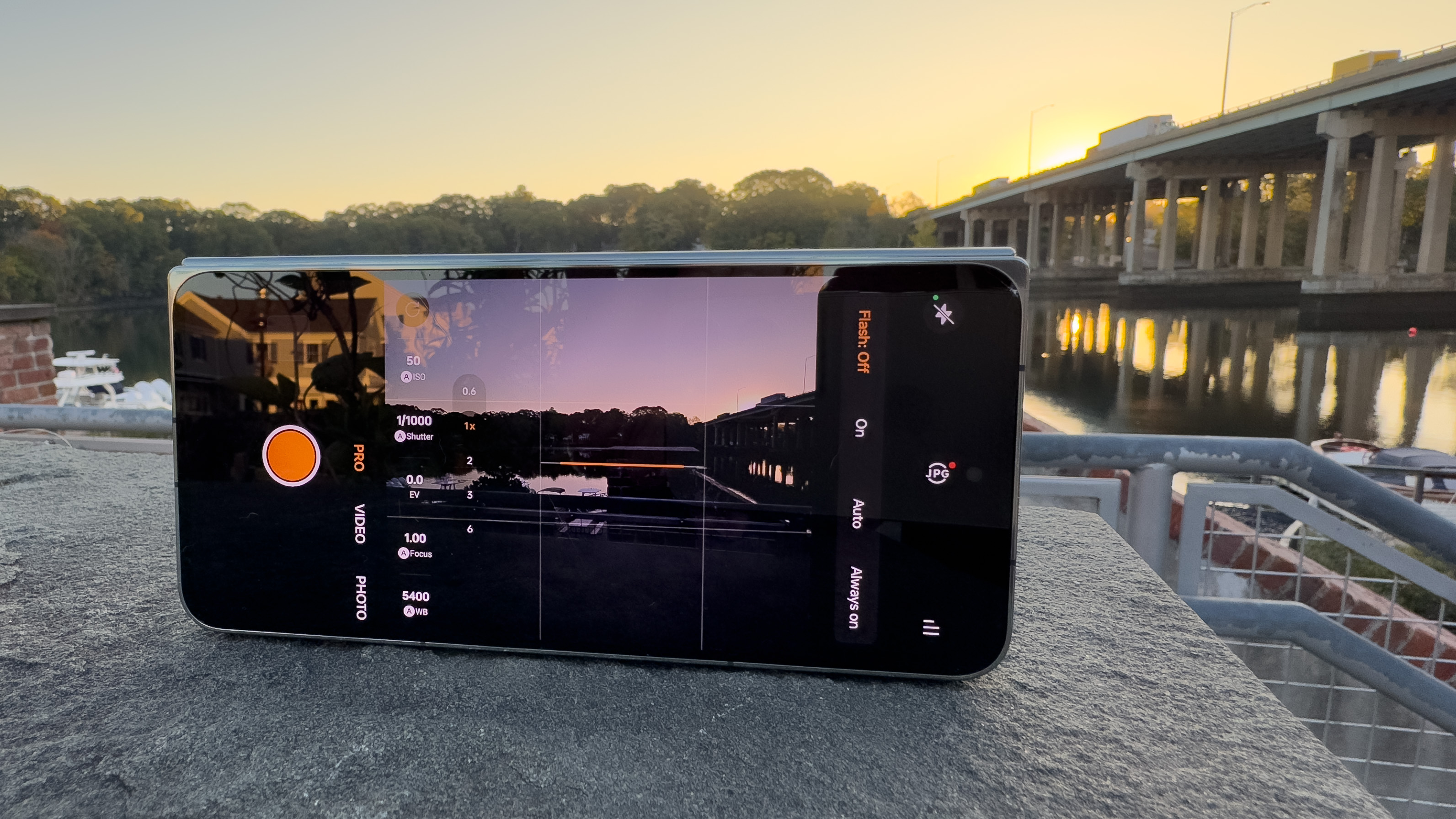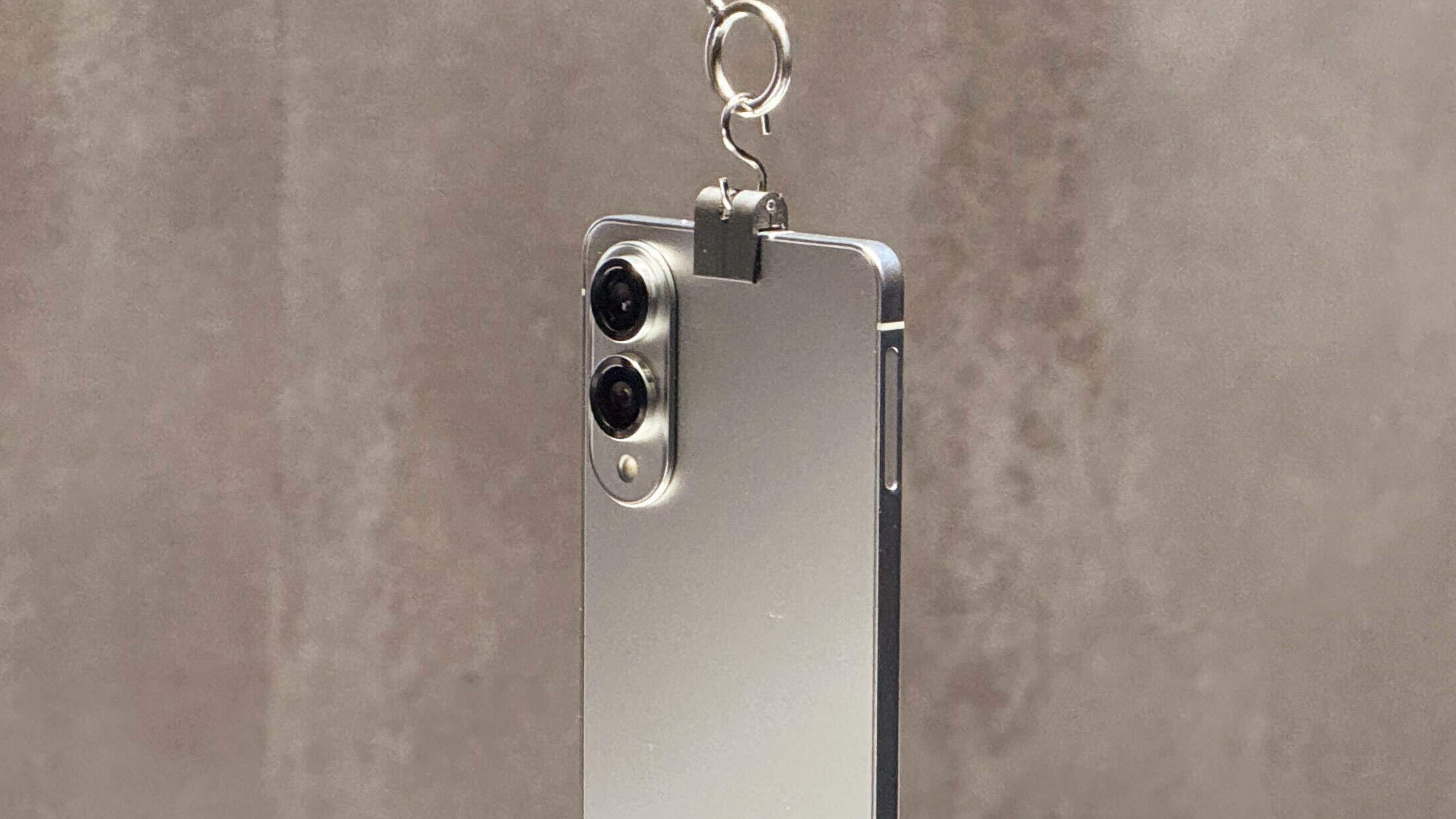Click here to visit Original posting
As we recently reported here at TechRadar, the Samsung Galaxy Z Fold 7 could become the world’s thinnest booklet-style folding phone at launch – the latest rumors suggest an unfolded thickness of just 3.9mm.
The previous record-holder, the Oppo Find N5, boasted an impressive unfolded thickness of 4.2mm – and as I noted in my full Oppo Find N5 review, this formed a massive part of the phone’s wow factor.
And across all phone makers, the progress of folding phone designs has been a pretty marvelous thing to witness. Samsung certainly deserves due credit for taking the first step way back in 2019 with the original Samsung Galaxy Fold – the difference between that early model and modern folding phones is simply night and day.
However, I’m not so sure that Samsung should make a priority of releasing the thinnest folding phone possible – in fact, I’d go so far to say that there’s another crucial aspect of the Galaxy Z Fold design that needs attending to first.
Cover screen compromises

It goes without saying that a folding phone’s cover display will probably never look quite the same as the display found on a slab phone.
To achieve a roughly square inner display, folding phones sport narrower, taller-looking cover displays intended for answering messages quickly and taking calls.
With that said, phone makers have tended towards widening the cover display of folding phones as much as possible – apart from Samsung, which equips the current-gen Galaxy Z Fold 6 with a tall display that has a 22:9 aspect ratio. For comparison, the Galaxy S25 and most modern smartphones have a 19.5:9 aspect ratio.
Let me quickly add that I’ve never used the Galaxy Z Fold 6 for any substantial length of time – but I have briefly gotten hands-on with Samsung’s booklet-style foldable.
I’ve also used the aforementioned Oppo Find N5, which has a 20.7:9 cover screen, and its older cousin the OnePlus Open, which has a 20:9 cover screen. Having used these phones as daily drivers, I can confidently say that I wouldn’t want to use a phone with an even narrower cover display.
Though the key selling point and most technically impressive aspect of folding phones are their large inner displays, the experience of using the cover screen still matters.
After all, there are plenty of use cases where opening the inner display doesn’t quite make sense – on a cramped train, at the gym, or checking something quickly on Google.
I definitely noticed that articles, social media feeds, and games felt more cramped when using the aforementioned foldable phones, so I’m not convinced the experience would be much better on the Galaxy Z Fold 7’s expected 22:9 display.
However, the Galaxy Z Fold 7 has been tipped to get a larger cover display – a 6.5-inch panel, up from 6.2 inches on the current Galaxy Z Fold 6 – I’m certainly keen to see whether a larger panel at the same aspect ratio would be a satisfactory fix.
The thin phone revolution

As hopeful as I am for a wider cover screen on the Galaxy Z Fold 7, it’s far more likely that Samsung will push ahead and release a thinner, lighter version of its iconic folding phone with few other design updates.
And if the product strategy Samsung hinted at last year is anything to go by, we could be in for a few years focused on thin designs.
The Samsung Galaxy S25 Edge is set to release on May 12, and as I wrote in a previous feature, I think Samsung is likely to keep this new product line running for at least a few years as phone makers split their product offerings into heavier performance and camera-centric handsets and ergonomic thin phones.
I am a bit surprised that the Galaxy Z Fold 7 would land in the latter camp, given Samsung’s framing of the Z Fold line as focused on productivity, but if the Z Fold is to play a part in the thin phone revolution, I reckon we’ll see most of Samsung’s design prowess spent on ergonomics, ie. thinness, with the next few iterations.
So, that’s me sticking with OnePlus and Oppo when it comes to book-style folding phones – at least for now. Most of the above is based on rumors, and the Galaxy Z Fold 7 isn’t expected to release until later this year, so be sure to keep an eye on our Samsung Galaxy phones coverage for the latest updates.
You might also like
- I love my iPhone too much to give it up in 10 years, even if Eddy Cue says that might be the future
- I tested the Samsung 45W 20000mAh Battery Pack and it’s got plenty of juice, but it's still too expensive for what you get
- Sony will finally launch its first ‘Alpha’ camera phone soon – here’s what that could mean for the Xperia 1 VII